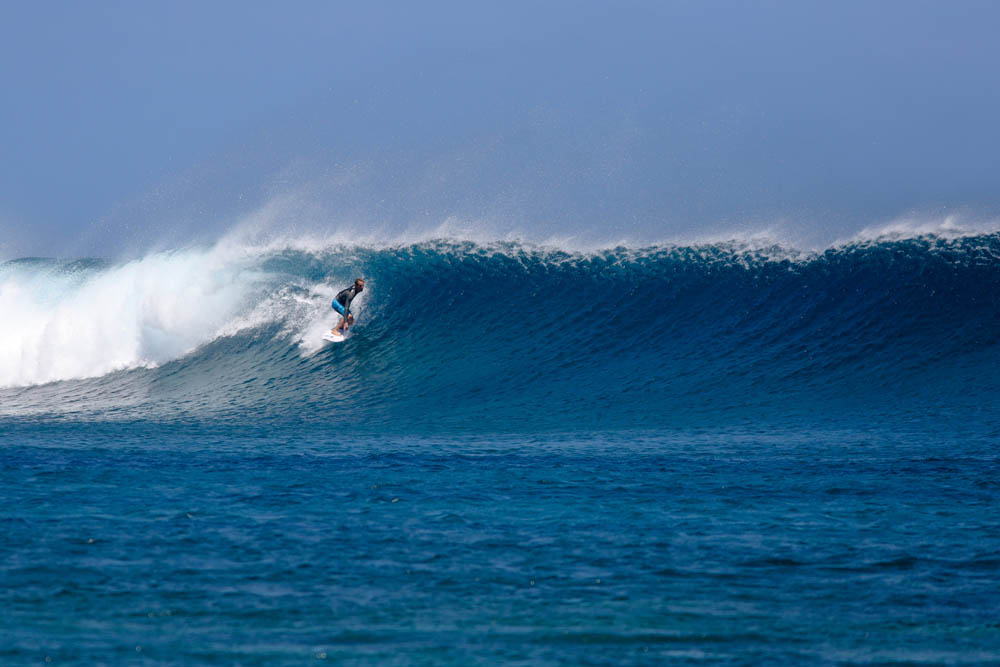

Recommended for: Intermediate and advanced surfersĪccess: By boat or paddle from Namotu Island’s shore Due to its location, it often goes flat during summer. Restaurants works best with a mid to high tide. With a large swell and a high tide, it becomes fast and hollow, the very embodiment of perfection and the kind of wave that every surfer dreams of riding in their lifetime. In fact, this left-hand reef break is often described as a “skate park in the water”. Less exposed and always a bit smaller, its predictable barrels make it no less fun and exciting.

Off the resort island of Tavarua, Restaurants is Cloudbreak’s little brother. Thanks to the Regulations of Surfing Areas Decree 2010, all surfers now have unrestricted access to Cloudbreak and Restaurants. Before the Regulations of Surfing Areas Decree 2010, a number of world-class waves were only accessible to guests staying at upscale private resorts.Īccess: By boat or paddle from Tavarua Island’s shore There was a time when only the surfers willing to pay the hefty rates to stay at the Tavarua Island Resort were able to access Cloudbreak. It is very hollow and breaks over razor-sharp coral, guaranteeing an adrenaline rush even for the most experienced of surfers. This left-hand reef break is an epic big wave spot, with consistent barrels from 0.6 to 6 meters (2-20ft). Often featured on magazine covers, Cloudbreak always makes it on the list of the world’s best waves. It is also the most demanding, unpredictable, and unforgiving. It’s the most consistent wave in Fiji, surfable at all tides and with all swell sizes.
#FAMILY SURF FIJI FULL#
In the Mamanuca Island group, south of Namotu Island, Cloudbreak is a world-class wave powered by the full force of the southern swells. Recommended for: Advanced and expert surfers Now let's have a closer look at the best surf spots in Fiji: Really now, the surf in Fiji is always epic! During this time of year, winds are usually calm and offshore, which means glassy waves. Therefore, summer is a good time to go if you’re a beginner. Certain spots can go flat for days, but you’ll still find some that work if there is a North Pacific swell, and they will be gentler than in winter. Summer (November-April) is Fiji’s wettest and hottest season. The wind tends to blow offshore most of the time but do keep in mind that trade winds usually start to blow in the afternoon and can mess up the shape. This is the dry season, and the archipelago receives strong southern swells that produce waves averaging between 2.5 and 3 meters (8-10ft). It is possible to surf in Fiji all year round, but the best conditions can be found during the Southern Hemisphere winter, between March and November. They are usually shallow, powerful, hollow, and fast, and more recommended for experienced surfers, intermediates and above.ĭon’t worry if you’re just starting out or don’t have enough experience yet you’ll find a few mellow and beginner-friendly surf spots as well, as well as surf camps in Fiji that will give you all the guidance you need. Furthermore, all the waves break over reefs (except for Sigatoka, the only beach break in the archipelago and quite a challenging one too). Most of Fiji’s iconic surf breaks are located offshore and can only be accessed by boat.


 0 kommentar(er)
0 kommentar(er)
